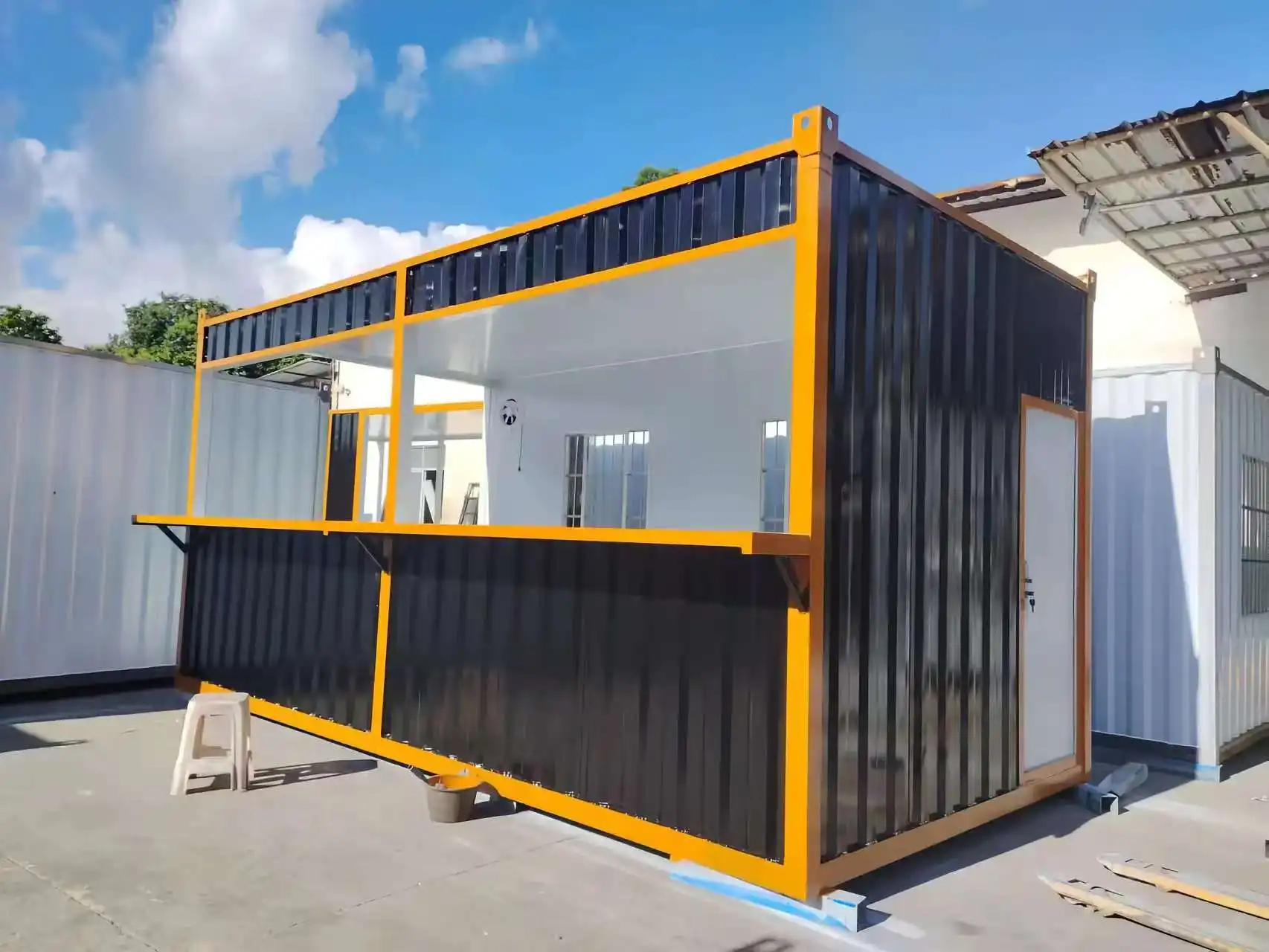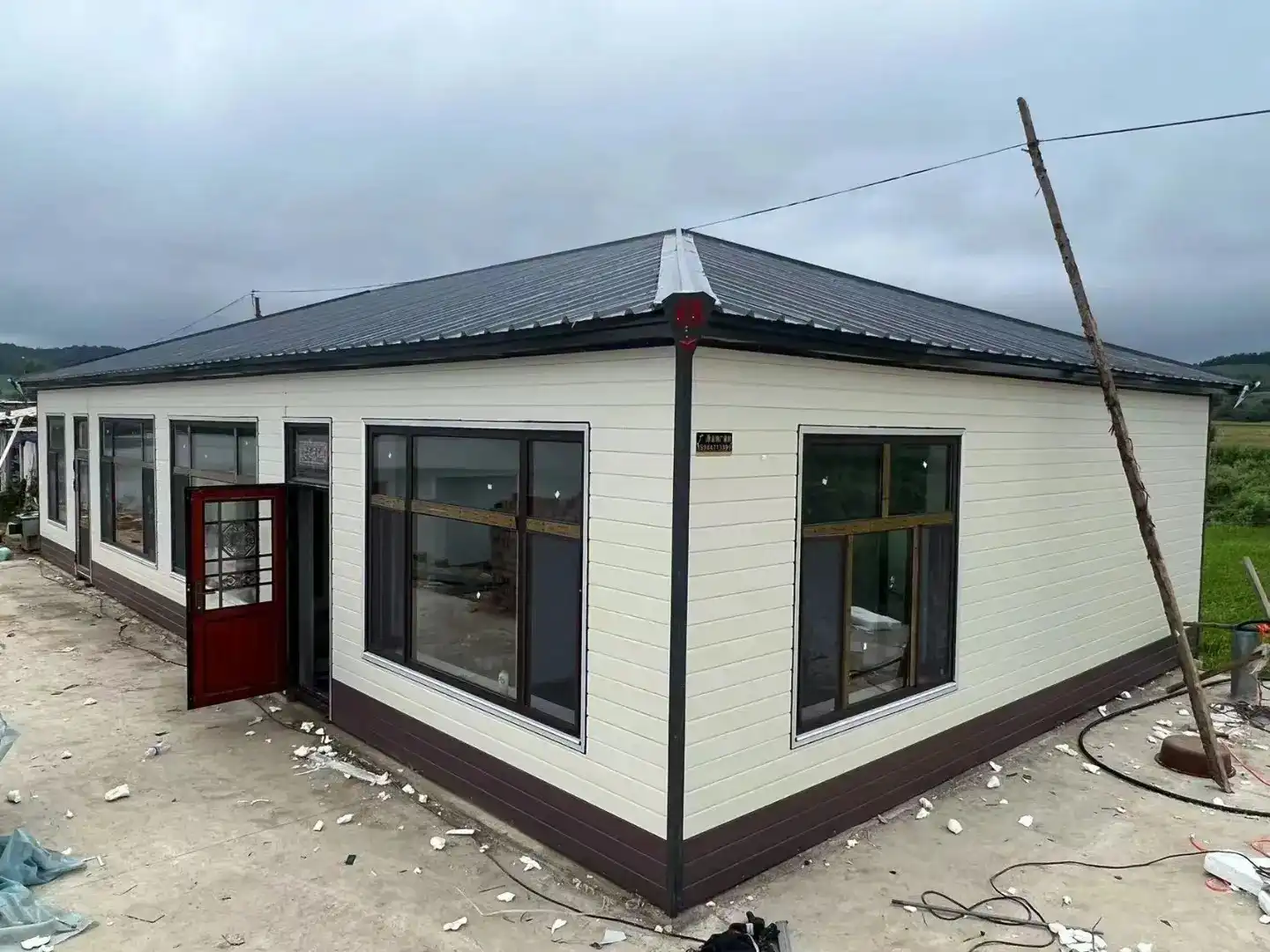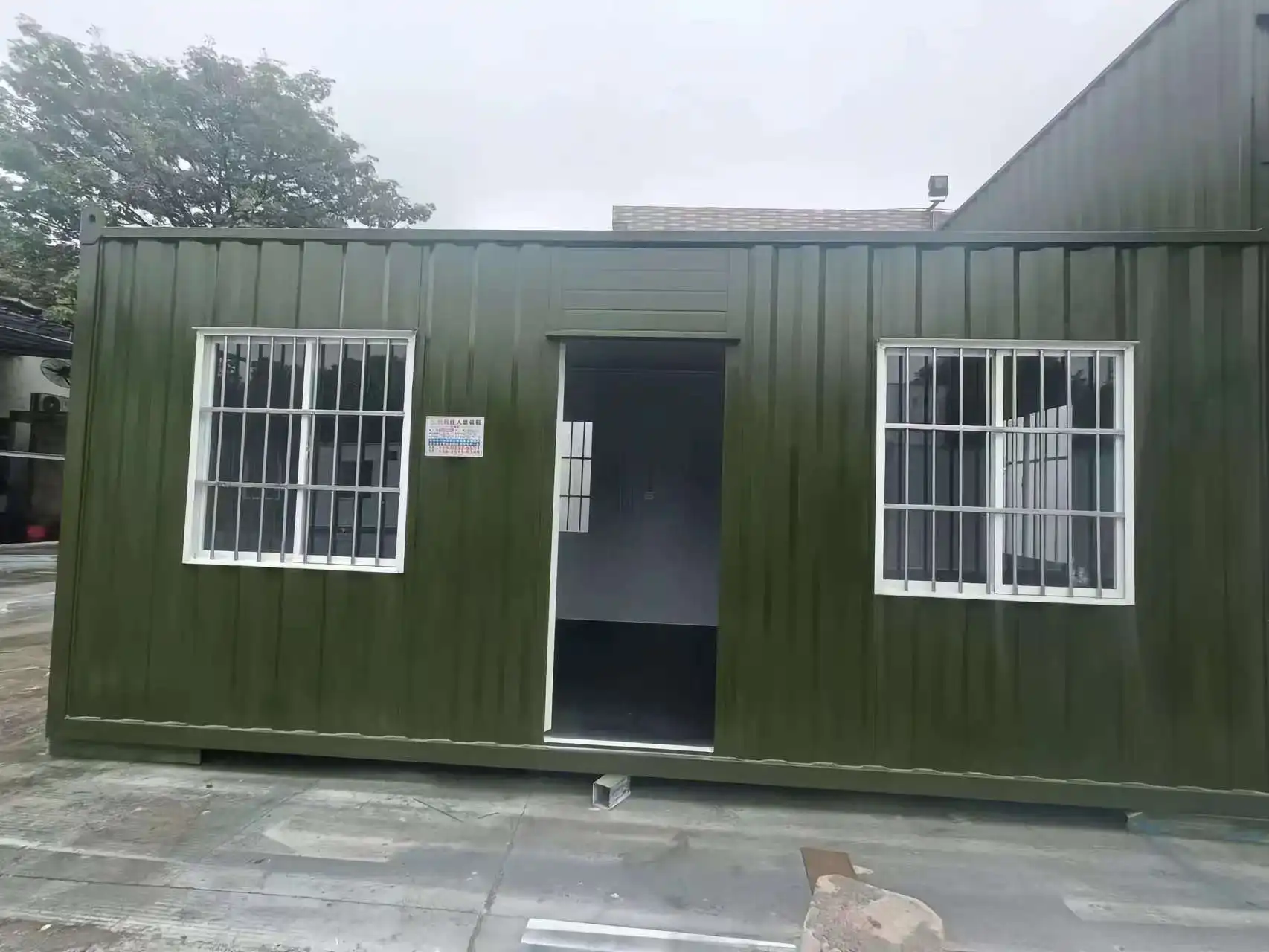Sep 22 2025
Maintenance tips to extend panel lifespanWaterproof exterior wall panels are a robust and durable solution for building facades, but proper maintenance is crucial to maximize their lifespan. Regular cleaning, prompt repair of any damage, and periodic inspections are essential to keep these panels in top condition. By following a consistent maintenance routine, you can ensure that your waterproof exterior wall panels continue to provide excellent protection against the elements, maintain their aesthetic appeal, and perform optimally for years to come. Let's explore some key maintenance tips that will help you extend the lifespan of your exterior wall panels.
Regular Cleaning and Inspection
Importance of Routine Cleaning
Waterproof exterior wall panels are designed to withstand various weather conditions, but they still require regular cleaning to maintain their appearance and functionality. Accumulated dirt, dust, and pollutants can not only diminish the visual appeal of your panels but also potentially compromise their protective properties over time. A thorough cleaning regimen helps preserve the panels' waterproof qualities and prevents the buildup of harmful substances that could lead to deterioration.
To clean your waterproof exterior wall panels effectively, use a soft-bristled brush or a pressure washer on a low setting, along with a mild detergent solution. Avoid using abrasive cleaners or tools that could scratch or damage the panel surface. Pay special attention to areas where dirt tends to accumulate, such as corners and joints. After cleaning, rinse the panels thoroughly with clean water to remove any residual cleaning agents.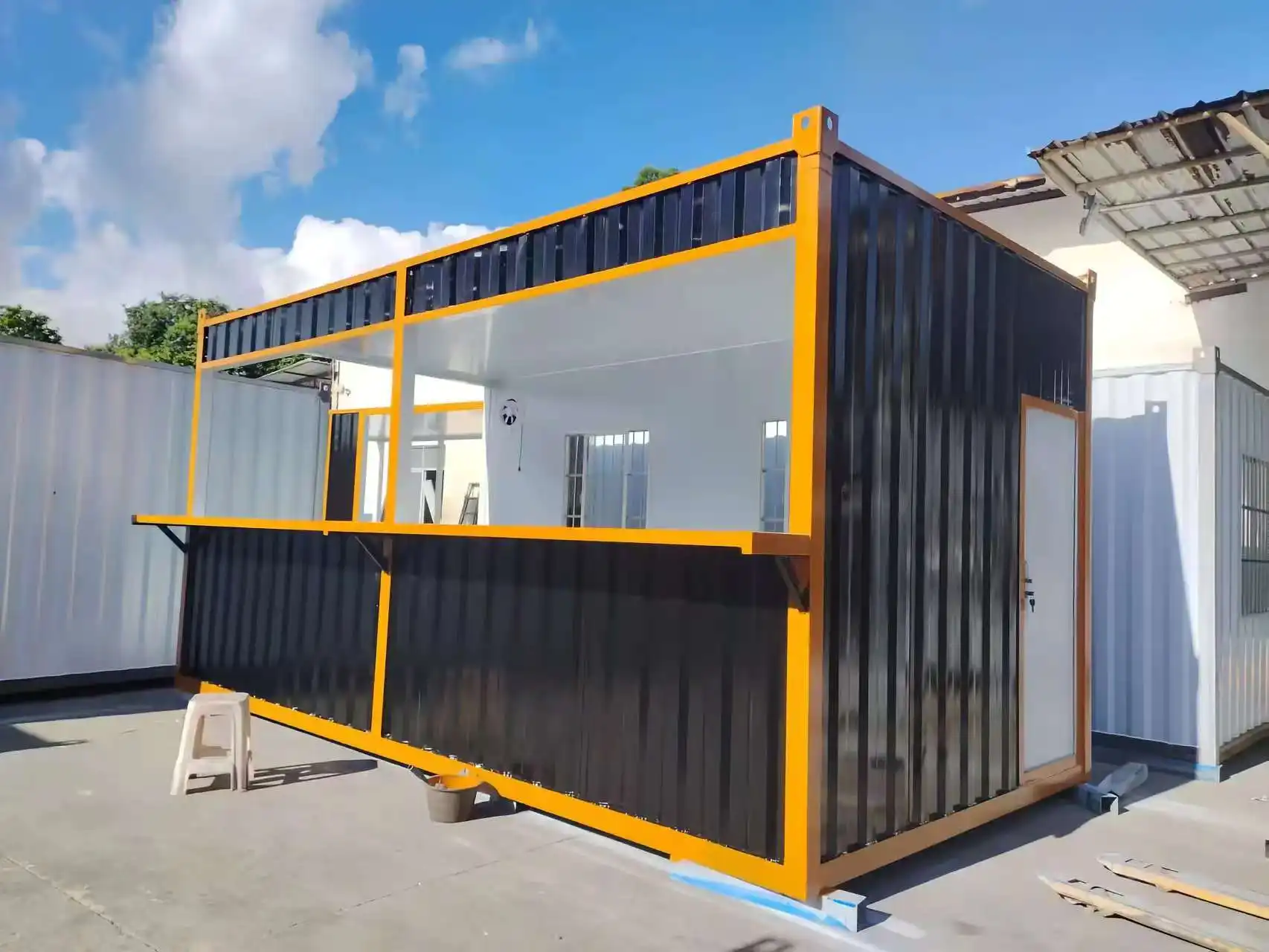
Conducting Regular Inspections
In addition to cleaning, conducting regular inspections of your waterproof exterior wall panels is crucial for identifying potential issues before they escalate. During these inspections, look for signs of damage such as cracks, dents, or loose fasteners. Check the seals and joints between panels to ensure they remain watertight. Also, examine the surrounding areas for any signs of water infiltration or structural issues that could affect the panels' performance.
It's advisable to perform these inspections at least twice a year, ideally in spring and fall, to prepare for and assess the effects of extreme weather conditions. By catching and addressing minor issues early, you can prevent more significant problems and extend the lifespan of your waterproof exterior wall panels.
Protective Measures and Treatments
Applying Protective Coatings
To further enhance the durability and longevity of your waterproof exterior wall panels, consider applying protective coatings. These coatings can provide an extra layer of defense against UV radiation, moisture, and other environmental factors that can degrade the panels over time. Some coatings also offer additional benefits such as improved resistance to staining and easier cleaning.
When selecting a protective coating for your waterproof exterior wall panels, choose a product that is compatible with the panel material and designed specifically for exterior use. Follow the manufacturer's instructions carefully during application to ensure optimal results. Reapply the coating as recommended by the manufacturer to maintain its protective properties.
Addressing Environmental Factors
The environment in which your waterproof exterior wall panels are installed can significantly impact their lifespan. Factors such as exposure to saltwater in coastal areas, industrial pollutants, or extreme temperature fluctuations can accelerate wear and tear. To mitigate these effects, consider implementing additional protective measures tailored to your specific environmental conditions.
For example, in coastal areas, more frequent cleaning may be necessary to remove salt deposits. In regions with high UV exposure, UV-resistant coatings can help prevent color fading and material degradation. By addressing these environmental factors proactively, you can significantly extend the lifespan of your waterproof exterior wall panels and maintain their performance in challenging conditions.
Repair and Replacement Strategies
Prompt Damage Repair
Despite their durability, waterproof exterior wall panels may occasionally sustain damage from impacts, severe weather events, or other unforeseen circumstances. When damage occurs, it's crucial to address it promptly to prevent further deterioration and maintain the panels' waterproof integrity. Small cracks or chips can often be repaired using specialized fillers or sealants designed for use with exterior panels.
For more extensive damage, consult with a professional or the panel manufacturer to determine the best course of action. In some cases, individual panels may need to be replaced to ensure the overall integrity of the facade. Always use materials and repair techniques that are compatible with your specific waterproof exterior wall panels to maintain their performance and appearance.
Planning for Long-Term Maintenance
To truly maximize the lifespan of your waterproof exterior wall panels, it's essential to develop a long-term maintenance plan. This plan should include scheduled cleaning and inspection intervals, as well as budgeting for potential repairs or replacements. Consider factors such as the age of your panels, local climate conditions, and the building's exposure to environmental stressors when creating your maintenance schedule.
Additionally, keep detailed records of all maintenance activities, repairs, and inspections performed on your waterproof exterior wall panels. This documentation can be invaluable for tracking the panels' performance over time and identifying any recurring issues that may require attention. By taking a proactive approach to maintenance, you can ensure that your exterior wall panels continue to provide reliable protection and maintain their aesthetic appeal for many years to come.
Conclusion
Proper maintenance is key to extending the lifespan of waterproof exterior wall panels. Regular cleaning, inspection, and prompt repairs are essential practices that help preserve the panels' functionality and appearance. By applying protective coatings, addressing environmental factors, and developing a long-term maintenance strategy, building owners can significantly enhance the durability of their exterior facades. Remember, the goal is not just to maintain but to optimize the performance of your waterproof exterior wall panels, ensuring they continue to provide excellent protection and aesthetic value for years to come.
At Weifang Sandong Building Materials Co., Ltd., we are committed to providing high-quality waterproof exterior wall panels that offer superior durability, energy efficiency, and customizable designs. Our panels are engineered to withstand harsh weather conditions while maintaining their aesthetic appeal. For more information on how our waterproof exterior wall panels factory can help you achieve a long-lasting and beautiful facade, please contact us at info@sdqsc.com.
FAQ
How often should I clean my waterproof exterior wall panels?
It's recommended to clean your panels at least twice a year, or more frequently in areas with high pollution or coastal environments.
Can I use a pressure washer to clean my panels?
Yes, but use it on a low setting to avoid damage. Always follow the manufacturer's cleaning guidelines.
How long do waterproof exterior wall panels typically last?
With proper maintenance, high-quality panels can last 30 years or more, depending on environmental conditions and the specific product used.
Are there any signs that indicate my panels need replacement?
Look for persistent leaks, significant color fading, warping, or extensive damage that can't be effectively repaired.
References
1.Building Science Corporation. (2021). "Durability of Exterior Wall Assemblies."
2.Journal of Building Engineering. (2020). "Long-term Performance of Exterior Cladding Systems." Volume 32, 101431.
3.National Institute of Building Sciences. (2022). "Whole Building Design Guide: Building Envelope Design Guide."
4.American Society for Testing and Materials. (2021). "ASTM E2270-14: Standard Practice for Periodic Inspection of Building Facades for Unsafe Conditions."



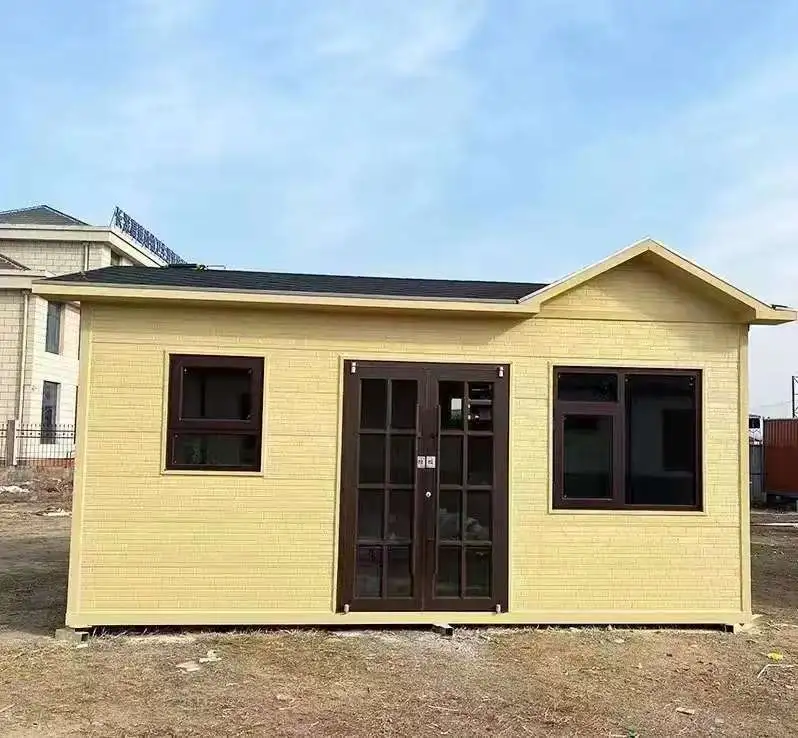




.jpg改.webp)


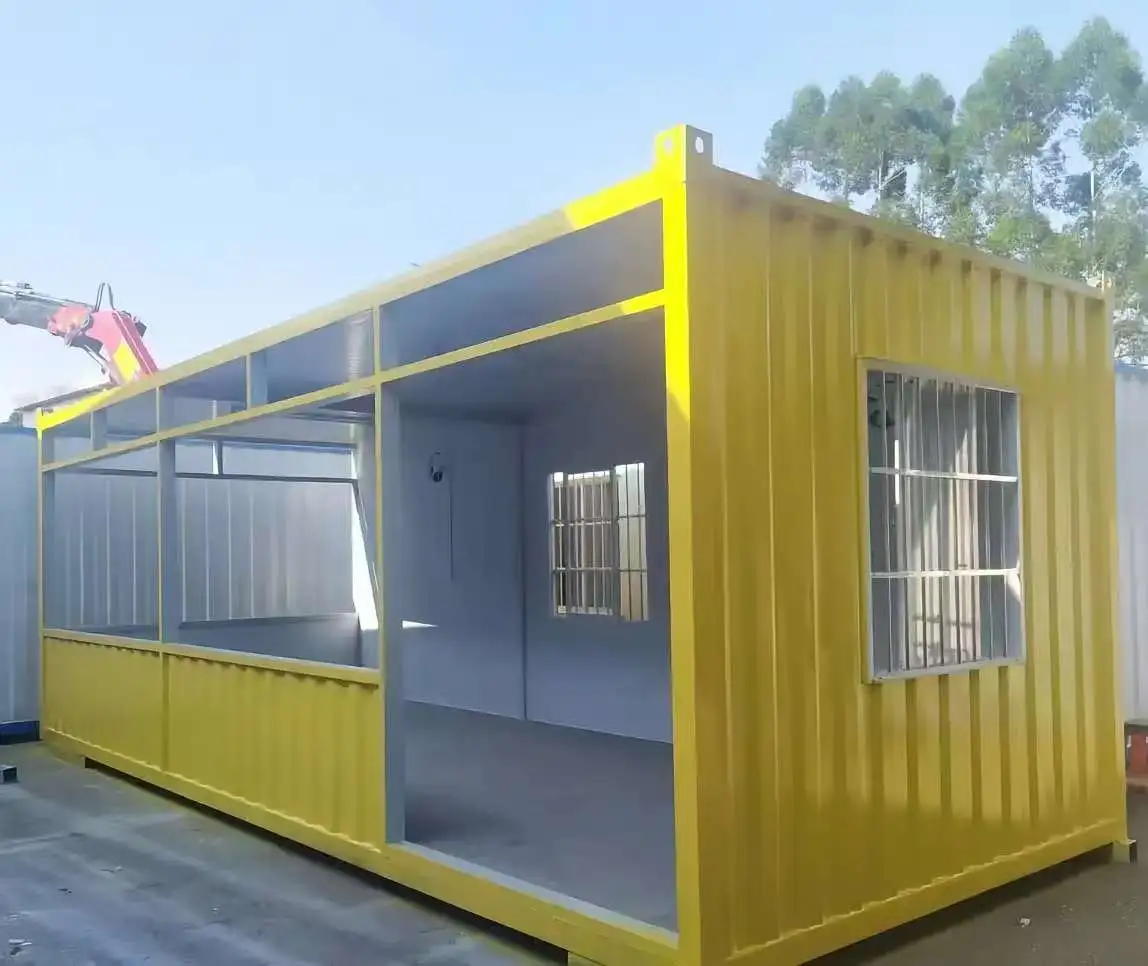

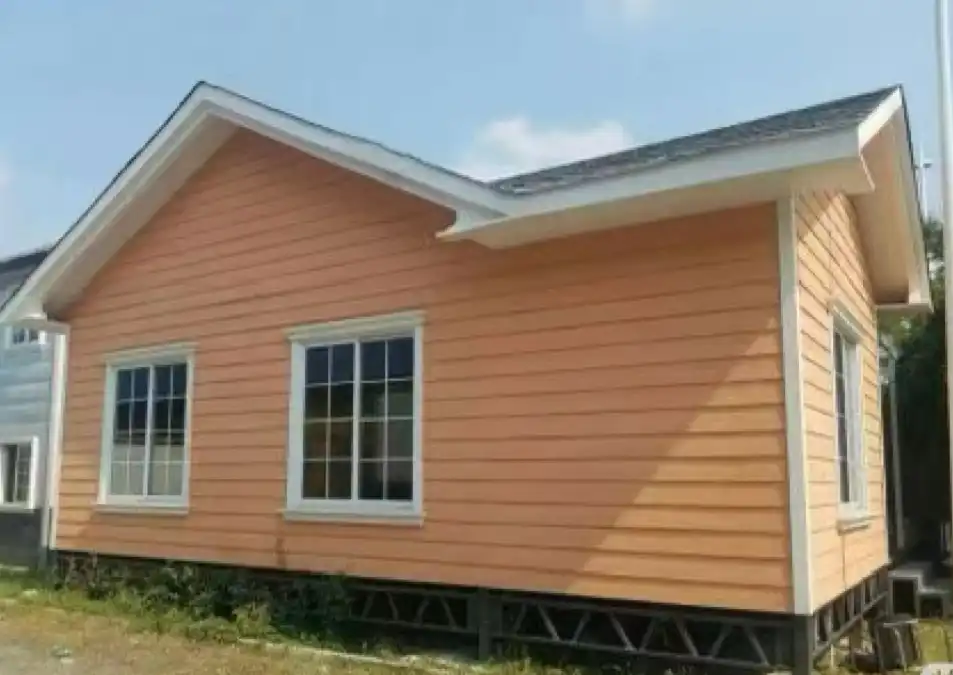
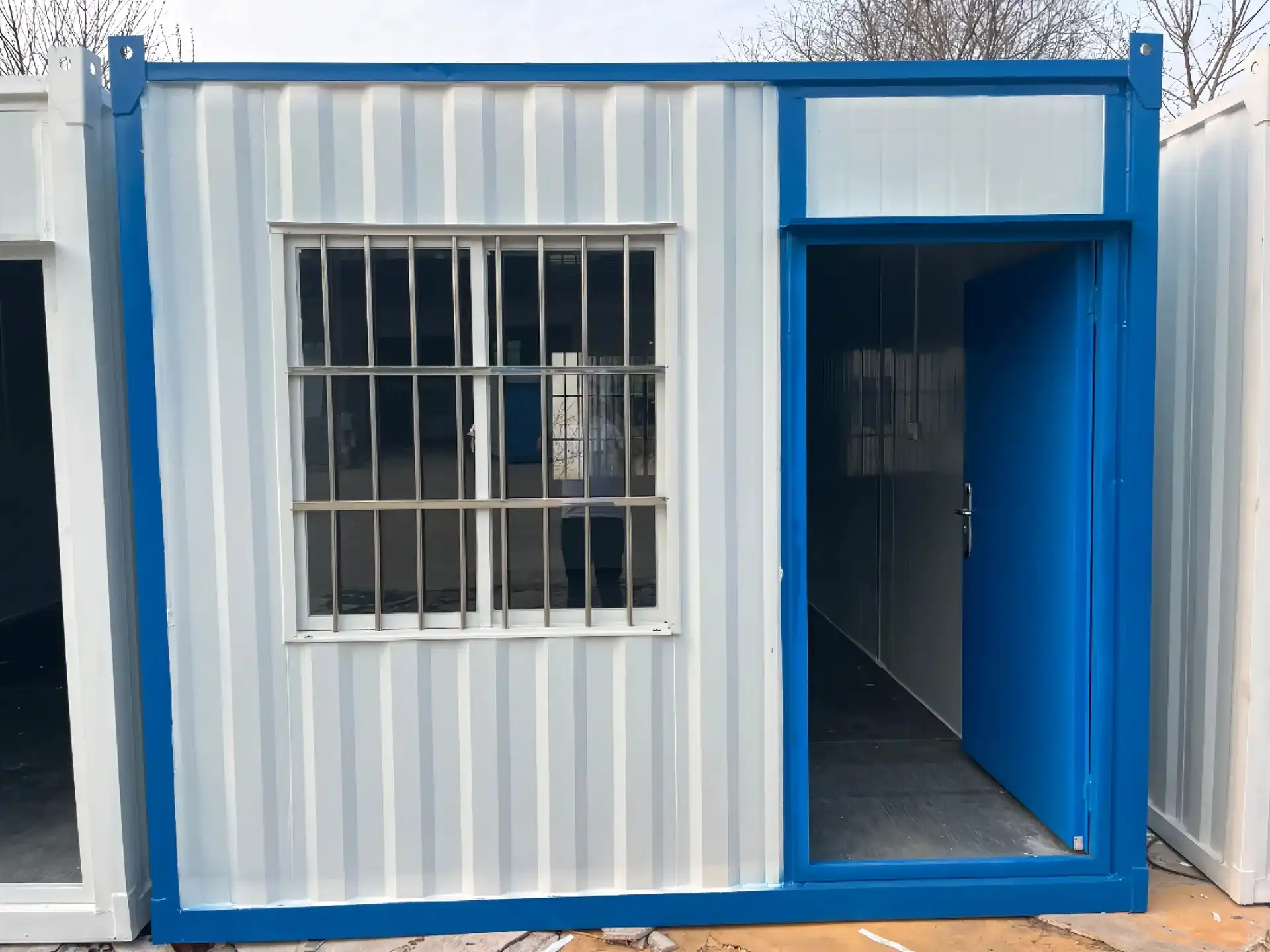
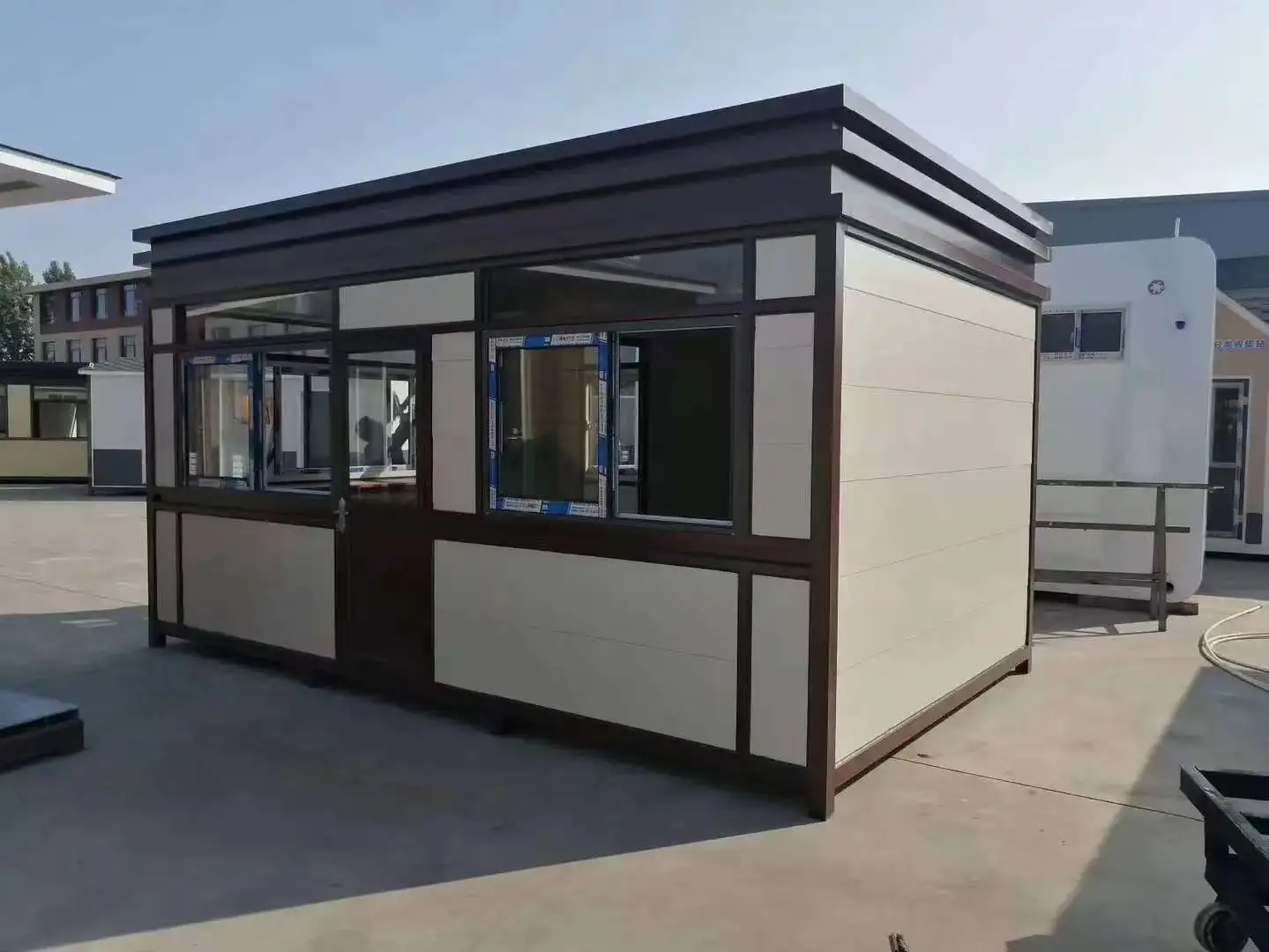
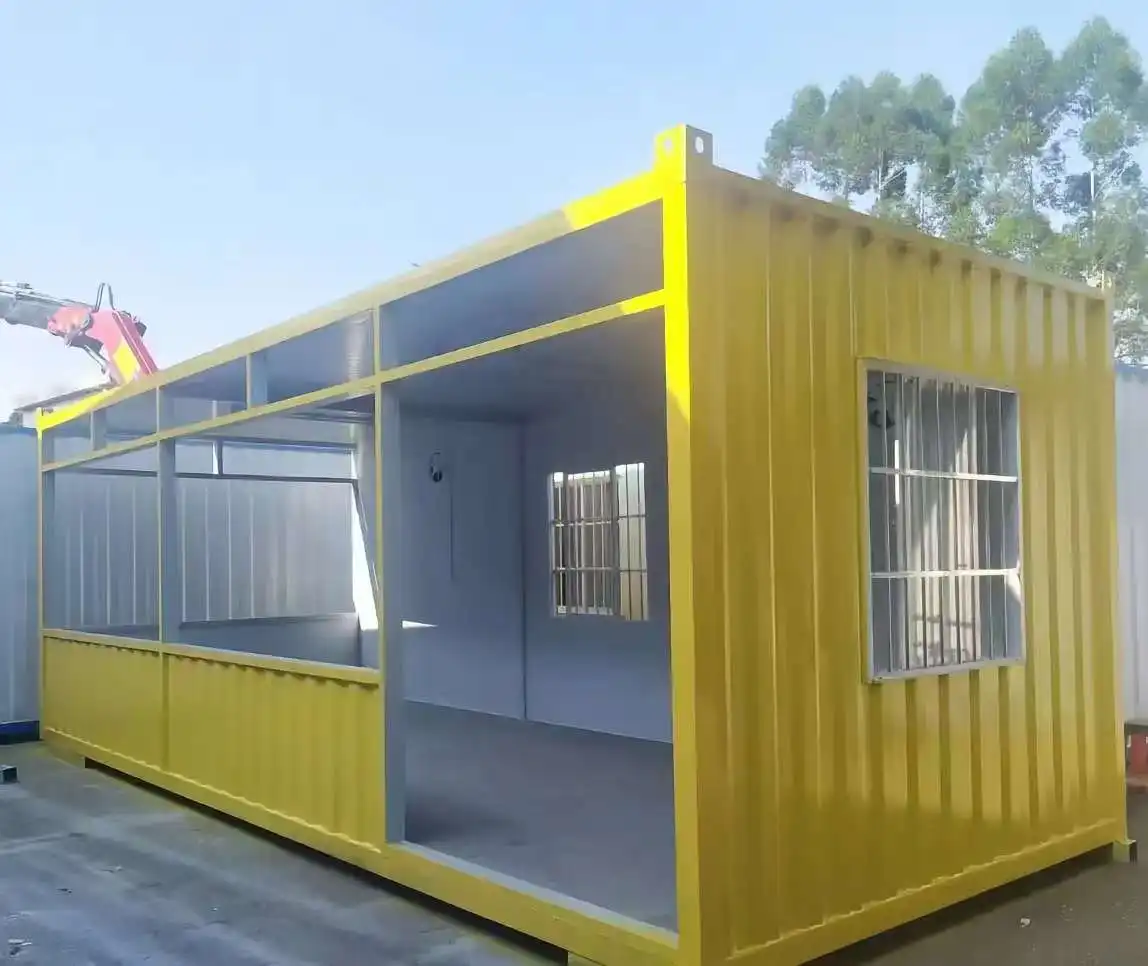

(1).jpg改.webp)

